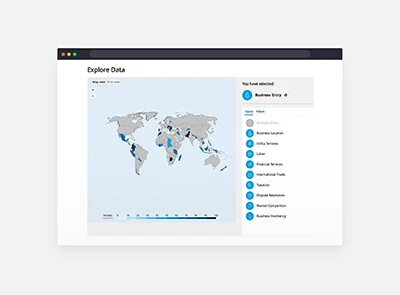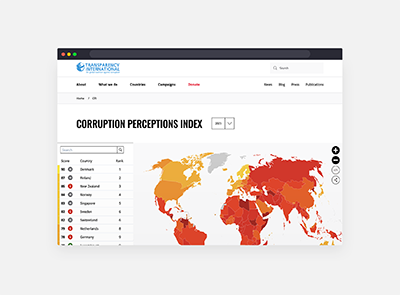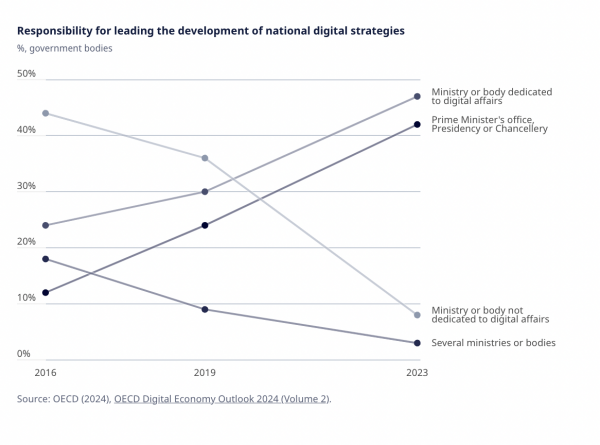Article by Lizzi C. Lee: “Chinese firms generate staggering amounts of data daily, from ride-hailing trips to online shopping transactions. A recent policy allowed Chinese companies to record data as assets on their balance sheets, the first such regulation in the world, paving the way for data to be traded in a marketplace and boost company valuations.
But uptake has been slow. When China Unicom, one of the world’s largest mobile operators, reported its earnings recently, eagle-eyed accountants spotted that the company had listed 204 million yuan ($28 million) in data assets on its balance sheet. The state-owned operator was the first Chinese tech giant to take advantage of the Ministry of Finance’s new corporate data policy, which permits companies to classify data as inventory or intangible assets.
“No other country is trying to do this on a national level. It could drive global standards of data management and accounting,” Ran Guo, an affiliated researcher at the Asia Society Policy Institute specializing in data governance in China, told Rest of World.
In 2023 alone, China generated 32.85 zettabytes — more than 27% of the global total, according to a government survey. To put that in perspective, storing this volume on standard 1-terabyte hard drives would require more than 32 billion units….Tech companies that are data-rich are well-positioned tobenefit from logging data as assets to turn the formalized assets into tradable commodities, said Guo. But companies must first invest in secure storage and show that the data is legally obtained in order to meet strict government rules on data security.
“This can be costly and complex,” he said. “Not all data qualifies as an asset, and companies must meet stringent requirements.”
Even China Unicom, a state-owned enterprise, is likely complying with the new policy due to political pressure rather than economic incentive, said Guo, who conducted field research in China last year on the government push for data resource development. The telecom operator did not respond to a request for comment.
Private technology companies in China, meanwhile, tend to be protective of their data. A Chinese government statement in 2022 pushed private enterprises to “open up their data.” But smaller firms could lack the resources to meet the stringent data storage and consumer protection standards, experts and Chinese tech company employees told Rest of World...(More)”.



